The first spacecraft NASA has designed to fly astronauts beyond Earth orbit since the Apollo era is well on its way to making a flight test next year. The mission is planned for launch in September 2014, and will see an Orion capsule orbit Earth without a crew and return through the atmosphere at speeds unseen since astronauts last returned from the moon in 1972.
To read more about this exciting development, visit https://www.nasa.gov/exploration/systems/mpcv/Triprogrambriefing.html.
As Orion continues preparation to take astronauts further into space, take a look back at the recently ended shuttle program and have your students track the linear regression of a space shuttle launch. Check out the launch video of Shuttle mission STS-121 then have them create a scatter plot from real launch data. Linear Regression: Exploring Space Through Math—Space Shuttle Ascent is a NASA Explorer Schools featured lesson and is available in the NES Virtual Campus Lesson Library.

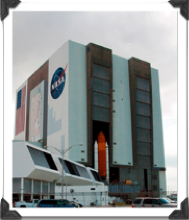 The Vehicle Assembly Building, or VAB, at NASA’s Kennedy Space Center in Florida is undergoing renovations to accommodate future launch vehicles. Space shuttle-era work platforms have been removed and accommodations are being made to support a variety of future spacecraft, including NASA’s Space Launch System heavy-lift rocket. The changes are part of a centerwide modernization and refurbishment initiative in preparation for the next generation of human spaceflight.
The Vehicle Assembly Building, or VAB, at NASA’s Kennedy Space Center in Florida is undergoing renovations to accommodate future launch vehicles. Space shuttle-era work platforms have been removed and accommodations are being made to support a variety of future spacecraft, including NASA’s Space Launch System heavy-lift rocket. The changes are part of a centerwide modernization and refurbishment initiative in preparation for the next generation of human spaceflight. Through innovative partnerships with commercial rocket and spacecraft developers, NASA is making great strides to advance America’s next human space transportation systems.
Through innovative partnerships with commercial rocket and spacecraft developers, NASA is making great strides to advance America’s next human space transportation systems.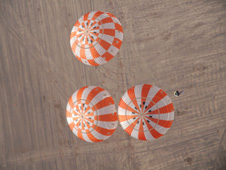 NASA recently successfully conducted a drop test of the Orion crew vehicle’s entry, descent and landing parachutes high above the Arizona desert in preparation for the vehicle’s orbital flight test, Exploration Flight Test -1, in 2014. Orion will carry astronauts deeper into space than ever before, provide emergency abort capability, sustain the crew during space travel and ensure a safe re-entry and landing.
NASA recently successfully conducted a drop test of the Orion crew vehicle’s entry, descent and landing parachutes high above the Arizona desert in preparation for the vehicle’s orbital flight test, Exploration Flight Test -1, in 2014. Orion will carry astronauts deeper into space than ever before, provide emergency abort capability, sustain the crew during space travel and ensure a safe re-entry and landing.

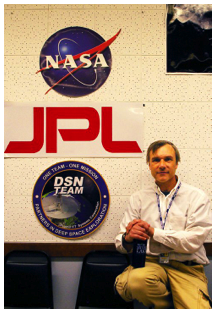 NASA Explorer Schools teacher Vin Urbanowski wanted to plan something exciting for a substitute teacher to use. He decided to use the NASA Explorer Schools featured lesson, Linear Regression: Exploring Space Through Math — Space Shuttle Ascent. Urbanowski planned this as an independent project and instructed students to create computer presentations for him to review when he returned to class the following day. This seemed to be a good way to ensure that students did the work.
NASA Explorer Schools teacher Vin Urbanowski wanted to plan something exciting for a substitute teacher to use. He decided to use the NASA Explorer Schools featured lesson, Linear Regression: Exploring Space Through Math — Space Shuttle Ascent. Urbanowski planned this as an independent project and instructed students to create computer presentations for him to review when he returned to class the following day. This seemed to be a good way to ensure that students did the work.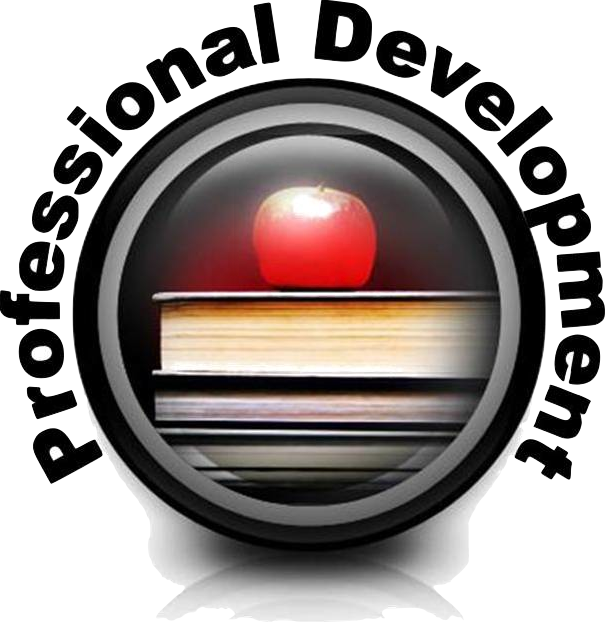
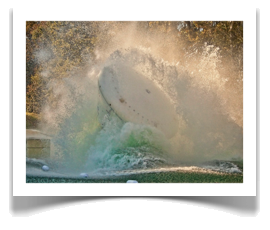 Orion, NASA’s next deep space exploration vehicle, is designed to carry astronauts into space, provide emergency abort capability, sustain the crew during space travel and ensure safe re-entry and landing.
Orion, NASA’s next deep space exploration vehicle, is designed to carry astronauts into space, provide emergency abort capability, sustain the crew during space travel and ensure safe re-entry and landing.